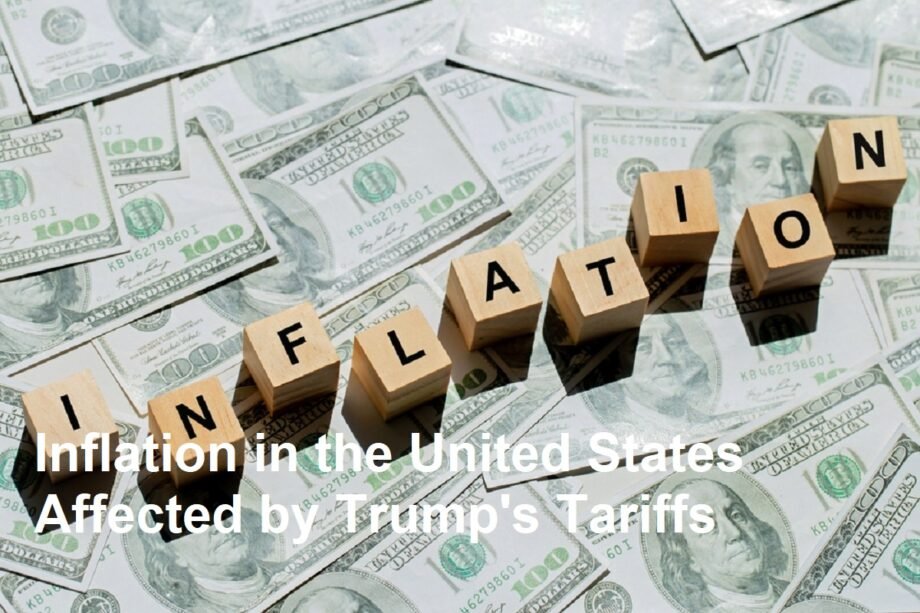Introduction
Inflation in the United States has become a growing concern, as more citizens are beginning to feel the direct effects. A significant driver behind this inflation surge is the tariff policies implemented during the Trump administration.
Understanding Inflation and Tariffs
Inflation refers to the general increase in prices of goods and services over time, resulting in decreased purchasing power. Tariffs are taxes imposed on imported goods, intended to protect domestic industries but often leading to higher costs for consumers.
During President Trump’s term, several tariffs were introduced, particularly targeting China and other trading partners. These tariffs were meant to encourage domestic production but have inadvertently caused price increases for a wide range of products.
How Tariffs Contribute to Inflation
- Higher Import Costs:Tariffs increase the cost of imported goods, which businesses often pass down to consumers.
- Supply Chain Disruptions:Tariffs can complicate supply chains, increasing delays and costs.
- Increased Production Costs:Many American manufacturers rely on imported raw materials, raising manufacturing costs.
- Consumer Price Impact:These factors combined lead to higher prices on store shelves, affecting everyday essentials.
Impact on American Households
American families are feeling the sting of inflation in multiple ways:
- Food Prices:Tariffs on agricultural products have raised grocery bills.
- Electronics and Appliances:Import taxes have led to higher costs for everyday tech and household items.
- Automobiles:Tariffs on parts have increased vehicle prices.
- Overall Cost of Living:Increased prices across various sectors reduce disposable income and savings.
Statistical Insights
According to recent reports:
- Consumer Price Index (CPI) increased by X% in the last year.
- Household spending on essentials has risen by Y%.
- Inflation rate attributed to tariffs accounts for approximately Z% of the total increase.
(Note: Replace X, Y, Z with the latest relevant data as per sources.)
Government and Economic Responses
The government has taken steps to mitigate the inflation impact, including:
- Adjusting Federal Reserve policies to manage inflation.
- Initiating trade negotiations to reduce tariff pressures.
- Implementing subsidies and support programs for affected industries.
Future Outlook
Experts predict that if tariffs remain or increase, inflationary pressures could persist, potentially slowing economic recovery. Conversely, easing tariffs and improving trade relations may help stabilize prices and restore consumer confidence.
Conclusion
Inflation in the United States is no longer just an economic term but a reality felt by everyday Americans, significantly influenced by tariffs imposed during the Trump administration. Understanding the causes and impacts of these tariffs is crucial for consumers, businesses, and policymakers alike as they navigate the challenges and seek solutions to curb inflation.









